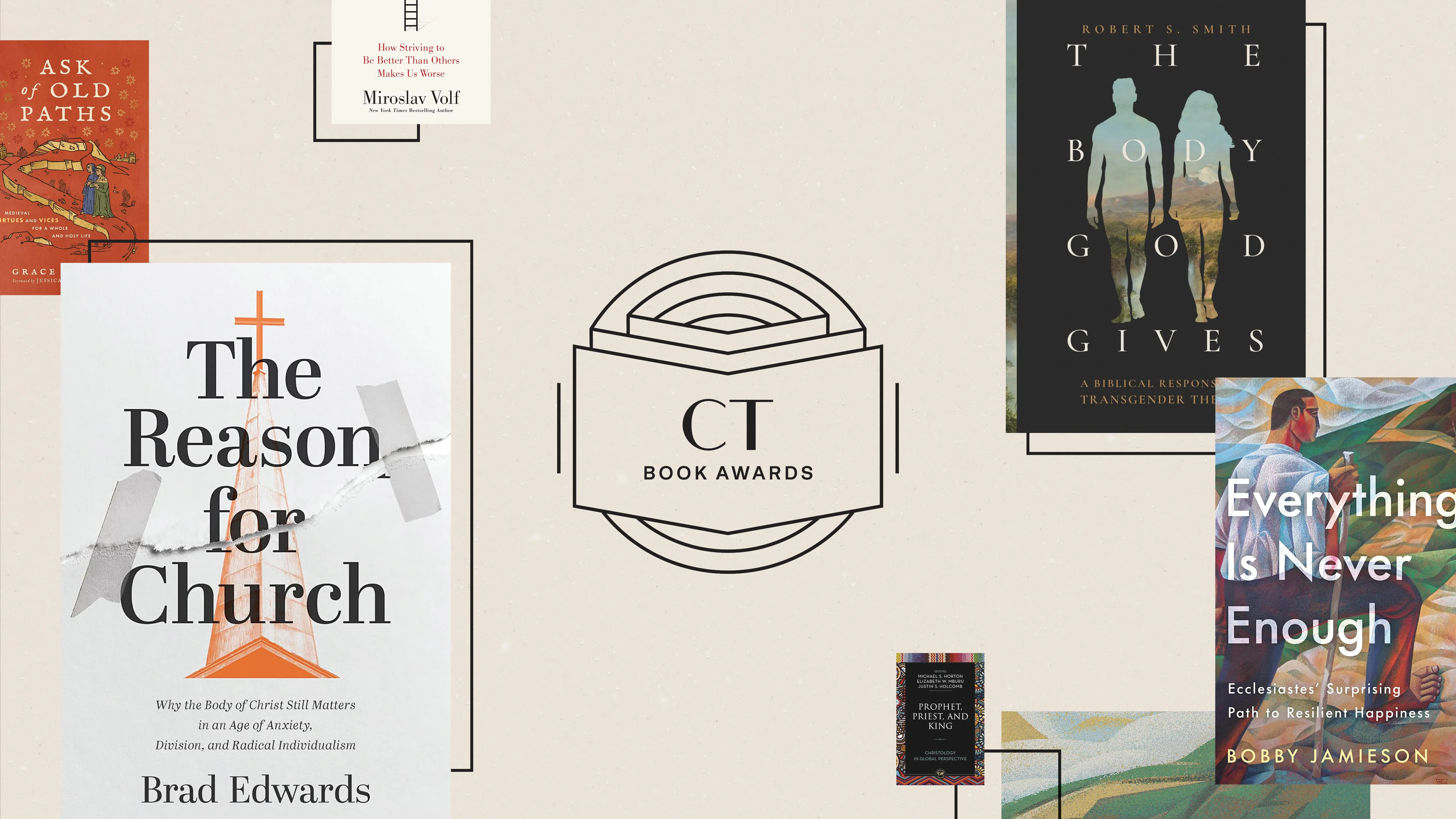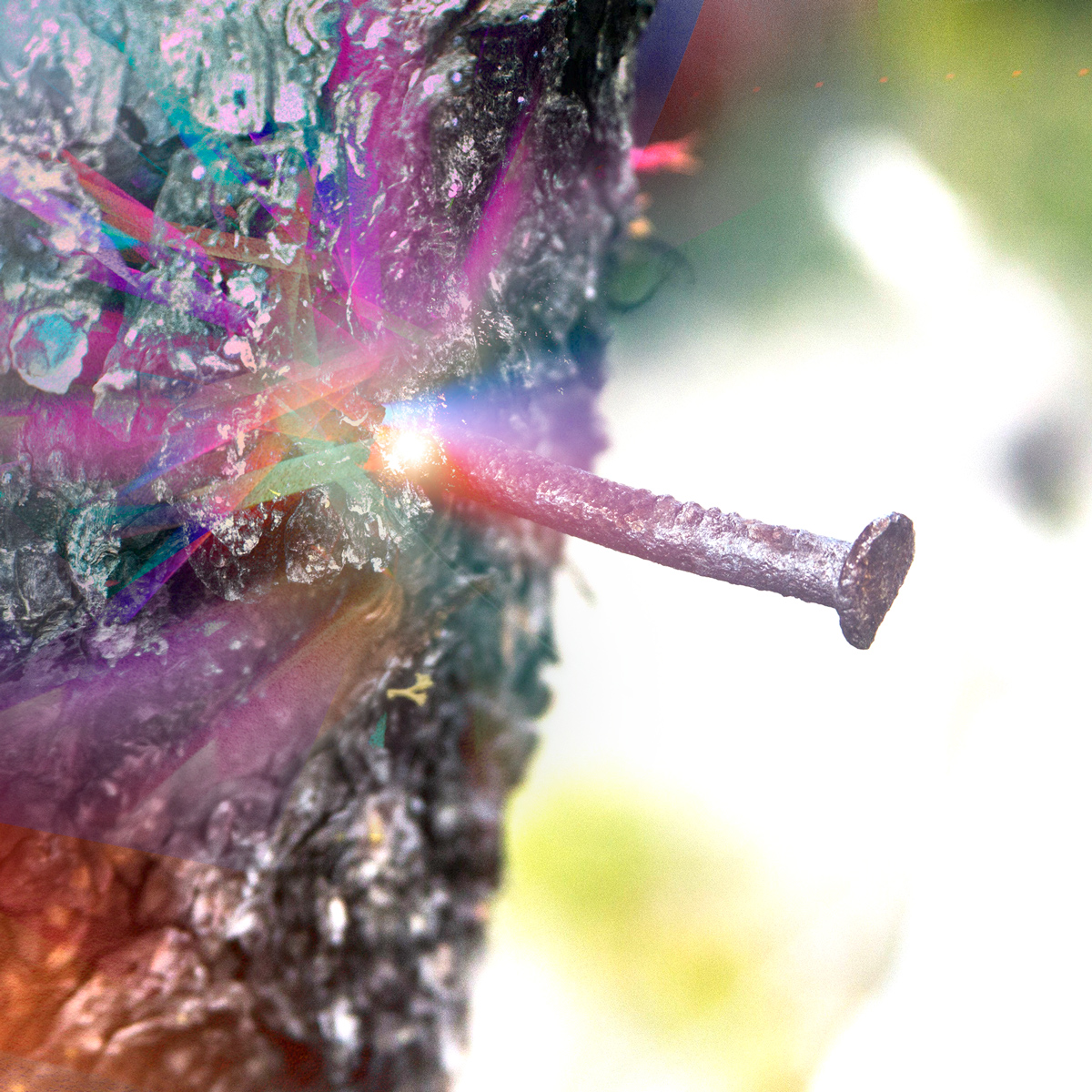Episode Summary
A reflection on Advent living from Drew Collins, Frederica Mathewes-Green, Jeff Reimer, and Matt Croasmun.
It’s late December and the countdown to Christmas is quickly coming to an end. All four candles on ourAdvent wreaths have been lit. Many of us are looking forward to plans with the people we love, some homemade cookies, and the strange yet delightful holiday limbo between Christmas and New Year's Day.
We know this season can be a bit more complicated than one-size-fits-all holiday cheer. The nights are as long and dark as they get, travel plans are going awry, half the country is below freezing. For many of us, there are work projects to finish before the new year, final papers still to write, and loved ones we're missing this holiday season. So yes, December can be bittersweet. The glorified joy of Christmas impending, and yet we're all still human, living in a complicated, often difficult world.
What does it look like to live into the spirit of this season, to be Advent people?
Here at the Yale Center for Faith and Culture, we've been thinking about the complexity of Advent this month. What should this wait for Christmas look like? On the church calendar, we're anticipating the arrival of a Savior not yet come. It's a time of real darkness and excitement in knowing that Mary nears the stable, God is on the way.
So we've been asking: what does it look like to live into the spirit of this season, to be Advent people?
To understand the tension and maybe find some answers, we've turned to For the Life of the World episodes past. Guests Drew Collins, Frederica Mathewes-Green, Jeff Reimer, and Matt Croasmun each offer reflections on characters who, in their own unique ways, find real intimacy with Advent and the wait for Christmas.
The Magi, Giving, and the Edge of Knowledge
First, Drew Collins joined Evan Rosa for a conversation about the Magi in the Gospel of Matthew. Drew illustrates how the Magi’s pursuit of the star to find the newborn Jesus in the manger is a more extraordinary choice than we might first realize. Astrology, he explains, was the Magi’s science, an essential part of their religion, meaning they were alerted to the star because they were diligently attending to their work. “So there's a certain affirmation of what they were doing,” Drew says, “of their concern for creation and their attentiveness to the world around them.”
“The star brings the Magi to the edges of their wisdom. It brings them to the limits of their own knowledge and forces them to entertain the possibility that something is happening beyond their understanding." — Drew Collins
The Magi’s encounter with the star, though dependent on their attentiveness, doesn’t end at an approval of their work.This star, Drew explains, would have behaved completely unlike any other star the Magi’s encountered before. An essential part of the Christmas narrative, then, is the Magi embracing something far beyond what they know. “Rather than an affirmation of the wisdom of astrology, I think the star stands in some senses as a rebuke,” Drew says.
“The star brings the Magi to the edges of their wisdom. It brings them to the limits of their own knowledge and forces them to entertain the possibility that something is happening beyond their understanding.”
The Magi don’t arrive at the manger empty handed, but with three gifts: gold, frankincense, and myrrh. Drew explains how this action, in all its simplicity and familiarity, evolves what we know of God as the ultimate giver. “We're taught as Christians that God is the gift giver. It is God who gives the gift of life to the world. And yet here we have these non-Jews giving gifts to God. But we don't ever talk about the fact that God received them. And what God is giving and receiving in the gifts of the Magi is the hope that our own lives, scruffy and flawed, might be received by others as giving greater insight into who Jesus is.”
"The Gospel of Mary"; the Prequel to Christmas
The Magi were not the only ones who found their way to the stable at Jesus's birth. Frederica Mathewes-Green invites us into a new portrait of the Virgin Mary not quite as commonly known, from the extra-canonical text, The Gospel of Mary. Though not necessarily historical, this narrative fills in some imaginative gaps about Mary's story.
“It's a story that probably satisfies some curiosity that those who loved Jesus after awhile would start [having],” Frederica says. “‘Well, what was her mother like?’ And ‘where did she grow up? ’And ‘what were her parents like?’ They wanted to know the prequel.”
Frederica explains how this imaginative, “before the Gospel” text presents Mary in a tradition alike many characters in the Hebrew Bible. Her parents Joachim and Anna are a “very pious, elderly, but wealthy couple,” Frederica explains, and the conception of Mary is a miraculous one. Like Hannah in 1 Samuel, Anna vows to God that if she is to have a child, she will give it to the Temple. And so the narrative suggests that Mary was raised there, in the Temple. Frederica describes this lifestyle as one of “ceaseless prayer” and contemplation.
“We Orthodox believe that she was able to achieve a degree of devotion and unity with God, that her prayer had become so profound, that she actually had achieved what we call theosis.” Frederica continues to describe how the closeness and likeness with God that theosis brings prepared Mary for the part of the Gospel story we all know well.
“Then there's the annunciation, the appearance of the angel Gabriel, who speaks to Mary and she's clearly bewildered. And it would be reasonable to say [she was] nervous. And she wants one thing, to make sure that this really is divine and not a demonic apparition. When she understood that she was saying yes to God, you know, if you're not certain about anything else, it's always safe to say yes to God. And so she does.”
W.H. Auden's Common Joseph
Where the Gospel of Mary paints a portrait of Mary prepared for her call by ceaseless prayer, Jeff Reimer introduces a portrait of Joseph that feels perhaps a bit more human. Written by W.H. Auden, For the Time Being is a Christmas oratorio originally published in 1944. It tells a sobering version of the Christmas narrative, one likely inspired by Auden’s own recovery of faith.
In the poem, Auden’s Joseph is found “sitting in a bar, shoes shined, my pants were cleaned and pressed. And I'm hurrying out to meet my own true love.” Jeff describes how his portion of the poem, referred to as the “temptation of St. Joseph”, requires Joseph to accept passivity and Mary’s leadership. Jeff reads from the poem Joseph’s request to Gabriel,“ ‘All I ask is one important and elegant proof. That what my love has done was really at your will, and that your will is love. Gabriel responds. No, you must believe. Be silent and sit still.’ And he does. That's the last thing he says, Joseph doesn't say anything more until the very end when they're in the flight to Egypt.”
Jeff describes how so much of Auden’s portrait of Joseph is about redeeming the common life, an incredibly relatable and human form of faith.
“So much of this poem is about redeeming the mundane and the quotidian, what Walker Percy, calls “everyday-ness”. And so what do you do, in Percy’s words, when it's four o'clock on a Wednesday and the whole world just falls flat before you? Auden is trying to think through what that looks like.
Advent and Christmas provide this contrast of significance and meaning and transcendence, but so much of human life and living a good life, might just be unspectacular, and it might be the way to redemption.
Just living a good, quiet life outside of societal notions of success and fame. That's actually good and that's worth pursuing.”
St. Paul and the Eschatology of Santa Claus
Counter to the common life of faith Auden considers, we come to the most mysterious, magical, figurehead of the Christmas season: Santa Claus.
Matt Croasmun spoke with Evan Rosa to discuss the “eschatology of Santa,” and the tension this creates with St. Paul’s approach to Christian joy. Matt describes how a common theme across recent Christmas movies depicts Santa needing holiday joy. He is usually found in the conundrum that Christmas simply cannot happen, for one reason or another, unless the public believes and has ample holiday spirit. This, Matt describes, is Santa’s “over-realized eschatology.”
"Because it wasn't just Mary and Joseph and the shepherds and the wise men and all the others who used live in hope. We, too, live in hope." — Matthew Croasmun
“In Romans, Paul invites us to ‘rejoice in hope and be patient in suffering, persevere in prayer.’ …There's a fundamental character of Christian joy that is joy in hope in this life.Because we have this eschatological orientation that that has the kingdom ofGod, yes, breaking in, here and there in places, always with incompletion and always with less than our full devotion… And yet with hope that someday, the kingdom will be established in its fullness.”
Matt describes how this invitation to rejoice in hope interacts with the Santa story.
“If there's ever a moment where Christian joy looks as fully realized as it is in the Santa myth, it would be in the world of perfect love. It would be in God having fully remade the world as God's home.In that world, then maybe the way of life is that we rejoice, always and only.”
But this, Matt explains, is not truthful to the world we currently live in.
“Our joy has to have a truthful orientation to the world as it actually is. And that world is not yet as it should be. Not fully. In places, here and there, and sometimes deeply and profoundly in ways that bring just unfiltered, uncomplicated occasions for joy…But there are many moments in this life where that joy is, as Alexander Schmemann, the Orthodox theologian famously said, ‘Christian joy appears to us as a bright sorrow’.
“But there's something appropriately advent, appropriately Christmas, in our Christian worship that we should be oriented toward that sense of hope. Because it wasn't just Mary and Joseph and the shepherds and the wise men and all the others who used live in hope. We, too, live in hope. This Advent season is an opportunity for us to get back in touch with that hope and remind ourselves that that is our orientation toward this world.”
Advent People
So there we have it: a conglomeration of Advent people. The Magi pushed willingly to the edge of their knowledge, open to the giving spirit of God. An illustration of Mary, living in prayer, which proves just enough to know to say "yes" when met with her call. W.H. Auden's common Joseph, asked only and profoundly to believe. And St. Paul, offering an invitation to Christian joy that, well, differs from Santa's offer just a little. People who are waiting, and people who are willing. Of course, these portraits don't hold all the Advent secrets of years past, but they can be exciting new ways into the wait, into this season of "bright sorrow". Wherever you are and however you're celebrating this year, we hope these stories have brought you new food for thought and the knowledge that, no matter your Advent experience, you're not in it alone. As 2022 comes to a close, we wish you a wonderful Advent, and a very merry Christmas.
Transcript
show less



















